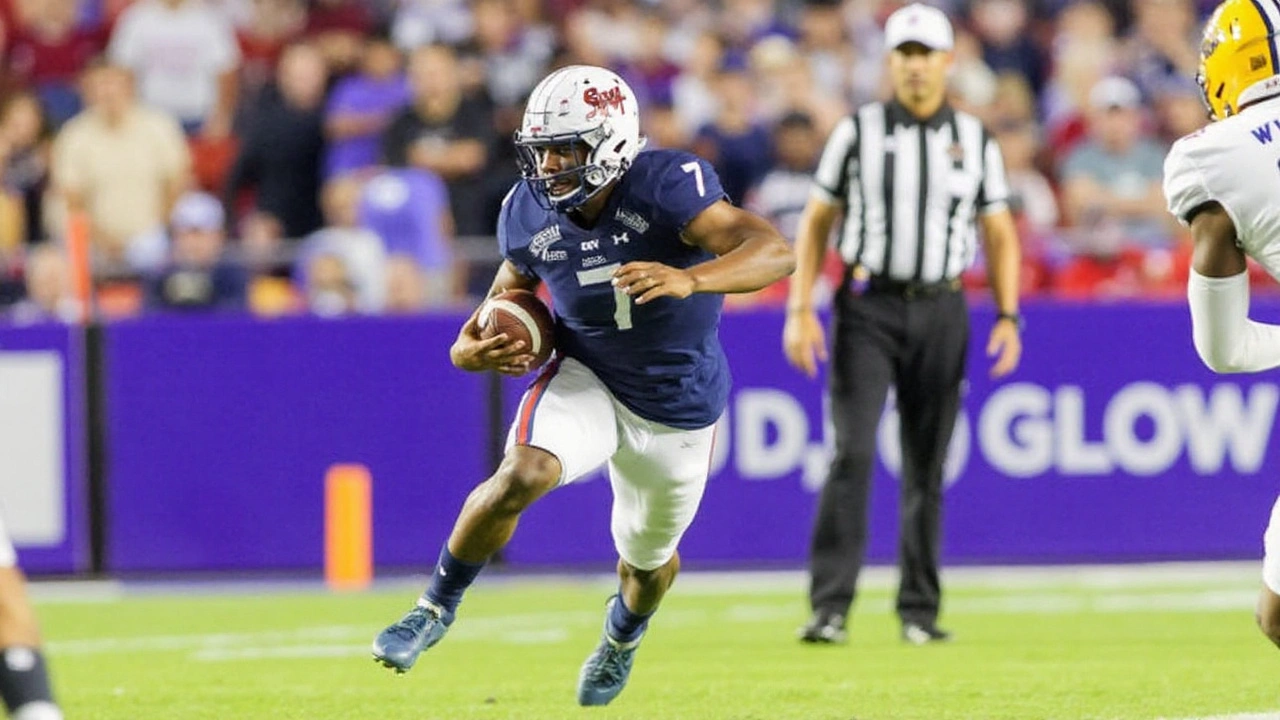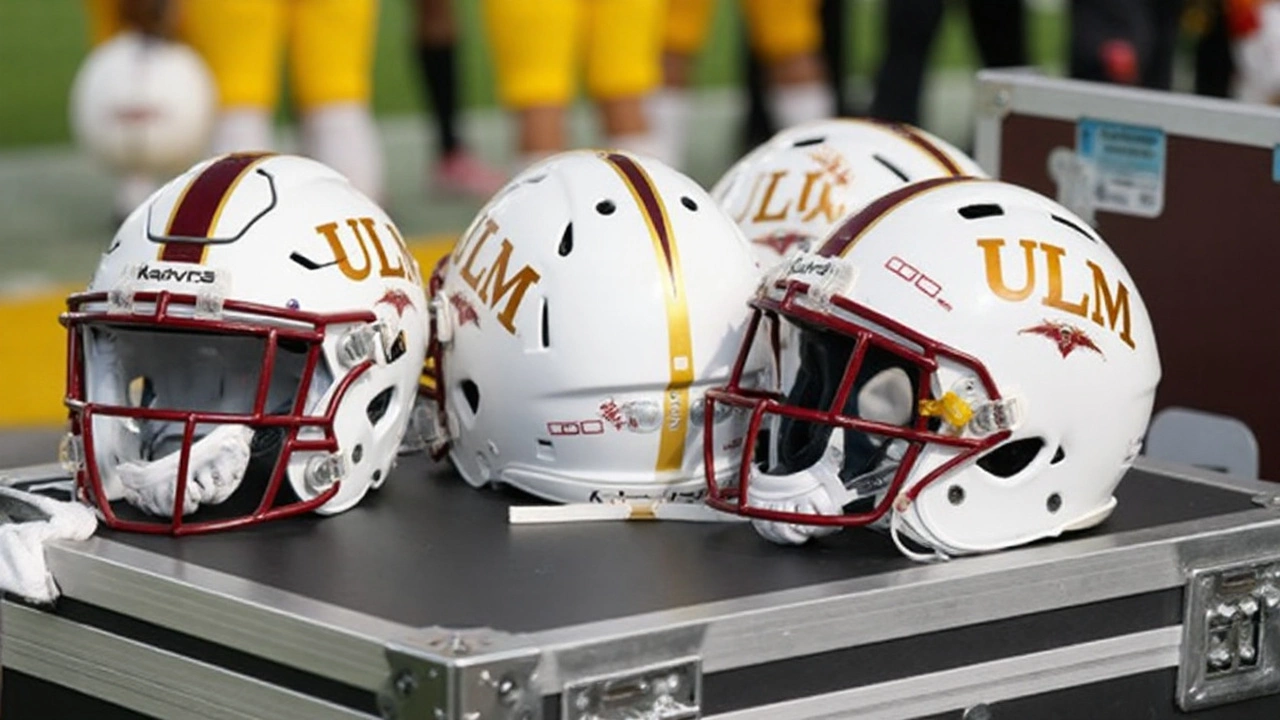The preview never showed up, but the final did: 73-0. That kind of margin turns a “what to watch” into “what did we learn” in a hurry. Alabama faced UL Monroe in a classic early-season tune-up, the kind that can look routine until it doesn’t—remember the Warhawks’ 2007 shocker in Tuscaloosa? This time, there was no drama, only separation.
What the missing preview would’ve told you
A proper look-ahead would’ve set expectations. UL Monroe, a Sun Belt program, would enter as a heavy underdog, leaning on tempo and short throws to stay on schedule, plus a couple of gadget looks to steal a drive. The Warhawks’ path to hanging around was narrow: win special teams, force a takeaway, and hit one explosive off play-action. If any of that popped early, maybe it’s interesting for a quarter.
Alabama’s checklist would sound familiar. Start fast, protect the ball, and let the offensive line lean on a lighter front. Defensively, keep contain on the edges, funnel the ball inside, and make third down a no-fly zone. Special teams? No lapses, nothing cheap. Get ahead, then rotate. These games are as much about clean operation as scoreboard fireworks.
Key matchups would’ve centered on trench play. Alabama’s tackles versus UL Monroe’s edge rushers, the Tide’s interior run game against stacked boxes, and how the Warhawks handled Alabama’s speed at linebacker and in the secondary. Field position—punts, kickoffs, and return lanes—usually tilts these games before the box score does.
History would’ve made a cameo. The 2007 upset is the outlier that keeps big brands honest. Since then, Alabama has treated these meetings as early stress tests: tidy up protections, settle the quarterback rotation, evaluate freshman roles, and get a live look at situational calls (two-minute, backed-up, red zone) without exposing too much to future SEC opponents.

What the 73-0 rout actually showed
The final margin says all three phases hit their marks. The offense moved the chains without living in third-and-long, the defense squeezed out space until UL Monroe’s options got predictable, and the field-position game was lopsided. When the score gets that high and the opponent stays at zero, it’s not just talent—it’s execution, substitutions, and communication staying tight even as the depth chart opens up.
On offense, the takeaways tend to be structural, not flashy. Protection looked organized, the run fits were consistent, and drives didn’t stall from penalties or busted assignments. That’s the baseline Alabama needs before the conference slate. Explosives arrived because the ground game forced extra defenders into the box, and that’s when the pass game cashed in.
On defense, a shutout is rare air even in mismatches. It usually means first contact near the line, clean tackling in space, and disruption on passing downs. Third-down defense likely told the story: win early downs, pin your ears back, and force hurried throws. Add in disciplined eyes against motions and misdirection, and the Warhawks had few answers.
Depth mattered most once the lead ballooned. Rotations across both lines, multiple ball carriers, and extended snaps for young defensive backs all feed the long-term plan. You want the second unit to look like a mirror of the first: same calls, same tempo, same urgency. That’s how a September blowout pays off in November.
For UL Monroe, these trips are part reality, part opportunity. The payout supports the department; the film becomes a master class in what breaks under pressure. After a score like this, the smart pivot is simple: fix protection rules, emphasize ball security, and target the Sun Belt schedule where the matchups fit the roster.
Why schedule these games at all? Reps and economics. Power programs need a live runway to evaluate quarterbacks, settle receiver rotations, and trial special teams units. Networks need inventory. And every staff needs clean tape to install and correct—without revealing too much to future opponents who are scouting every frame.
What’s next for Alabama football? Bank the reps, grade the tape hard, and raise the floor. The goals are boring on purpose: fewer penalties, sharper substitution patterns, better leverage in the secondary, and sustained push up front. The scoreboard was loud. The real work is quiet and shows up drive by drive when the opponents get heavier.
Quick checklist going forward:
- Keep first-down efficiency high to control tempo.
- Trim pre-snap penalties; don’t give away free yards.
- Build pass-pro looks that hold up versus elite edge rushers.
- Keep special teams airtight; hidden yards decide big games.
- Use the depth you just validated to survive the grind.
Sometimes a missing preview leaves a hole. A 73-0 win filled it—and then some. The message is simple: early-season strides count most when the opponent can punch back. Alabama won the rehearsal. Now comes the headline act.
